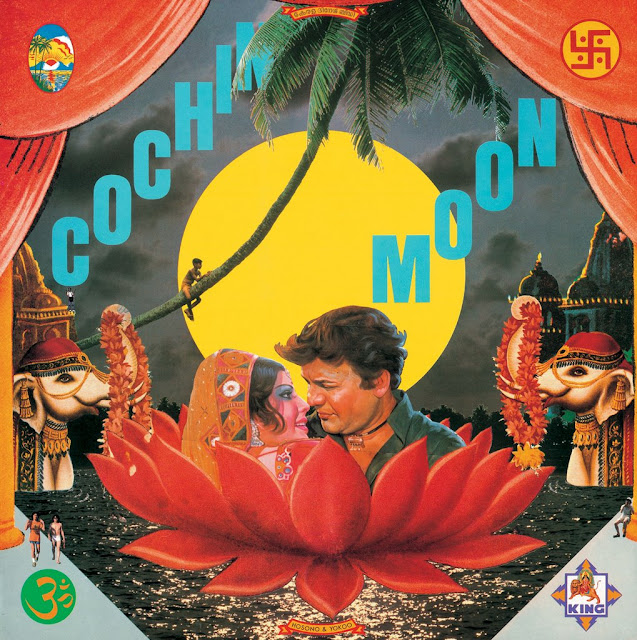
Clara Rockmore may have the coolest story of all the early electronic musicians. Born in 1911 in what is now Lithuania, at four years old she was admitted to the St. Petersburg Imperial Conservatory where she studied violin under Leopold Auer. To this day, she’s still the youngest student ever admitted to the conservatory (probably a good thing). A teenage arthritic condition left her unable to continue playing the violin, leading her to study the theremin (the first mass-produced electronic instrument, and arguably the coolest because it’s played by manipulating electrical signals in the air rather than by touching anything solid).
She was an instant theremin prodigy and went on to help Léon Theremin*, who might have been slightly obsessed with her, make a lot of changes to its design in order to realize its full potential. She insisted on a faster left hand to permit staccato, rather than having it be “all molasses, all glissando.” She also wanted a five octave range instead of three (which made it way harder to control the pitch but allowed for greater melodic possibility), increased sensitivity of the pitch antenna, and a lowered profile of the instrument. Despite touring extensively to widespread acclaim, she only finally recorded her performances at the behest of Bob Moog himself (as in “Ugh Bob made me do it lol”) in 1977. Thanks Bob! There’s a very sweet conversation between Clara, her sister, her nephew, Dr. Moog, and Dr. Thomas Ray which takes place over what appears to be a candy-tinted Tim Burton-esque dessert table that you can watch here.
*Read more about another insane thing that Léon Theremin made here.
TLDR: Nobody has ever inhabited the theremin like Rockmore. Maybe the original female electronic music virtuoso, as she was touring with her custom-made theremin in the 30s. Watch some videos of her channeling sounds out of thin air like a ghostly medium, face far away and ecstatic, and try not to cry. Otherworldly, but deeply human.

